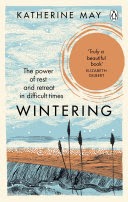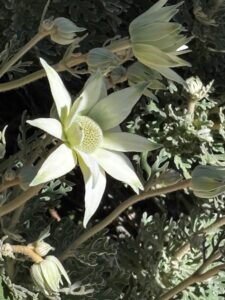





This is one of my reflective times in Hildegard’s Kapelle at the ruins of her
Disibodenberg Monastery in Germany where Hildegard
lived for the first 38 years of her Religious life. And the snowbells are a first of spring moment of viriditas taken by my daughter Elizabeth Keating-Jones in Sussex England.
Disibodenberg nurtured Hildegard. She listened to the vitality of the greeness and alivemenss of her world. She made the word “Viriditas” and heard the Spirit whisper to her but still young and fearful as a woman she clams shut. Even though this suppressing her thoughts and feelings made her sick many times, she still not know how to go forward.
Viriditas A word coined and made famous by Hildegard. The word combines the essence of truth and green, meaning vitality, fecundity, lushness, verdure and growth. Hildegard uses it metaphorically as vitality. She sees it in the moist fresh greens..In her writings viriditas means the ‘greening power of God’
Hildegard was one of the first to speak of nutrition being linked to wellbeing.
She saw food as medicine. And as we will read as my story of Hildegard unfolds
she cares for her sisters well being.
Viriditas
After the rains
Hildegard tends the garden
knee deep
in wet grass,
up to her elbows in soil,
worms, snails
and ruff of leaf compost.
Marvels at the ramble
of a pumpkin vine,
a stray seed gone free.
Lingers in the fragrance
of chives and basil,
coriander, lavender and mint,
and the smell of parsley.
Savours their bouquet.
Being jubilant
with the flirt of white moths,
and the canticle of bird song
from an oak branch above.
Dwells on her knees
as if in prayer.
Hildegard stands
her hands on her lower back
stretches and arches
skywards. wisping clouds
ruffle and the Light whispers,
I am the breeze that nurtures all things green
I encourage blossoms to flourish with ripening fruits
I am the rain coming from the dew
that causes the grasses to laugh
with the joy of life.
Fearful of her own mystery
she clams shut this light
into the tight knot of her gut.
Hildegard’s Highest rated foods
Spelt, chestnuts, fennel and chickpeas (garbanzo beans).
“Spelt creates healthy body, good blood and a happy outlook on life,” – Hildegard

A website healthyhildegard.com is an excellent resource. Thank you to the creators of it . It is an inspiration.
Other resources that focus on Hildegard and health
Dr. Wighard Strenhlow, Hildegard of Bingen:Spiritual Remedies, Healing Art Press 2002
Dr. Wighard Strenhlow, & Dr. Gottfried Hertzka, Hildegard of Bingen’s Medicine, Bear & Co. 1988.
Jany Fournier-Rosset, From Saint Hildegard’s Kitchen Foods of Health, Foods of Joy, Liguori Publ. 2010.
Victoria Sweet, God’s Hotel, A Doctor, A Hospial, and a Pilgrimage to the Heart of Medicine. Riverhead Books 2012